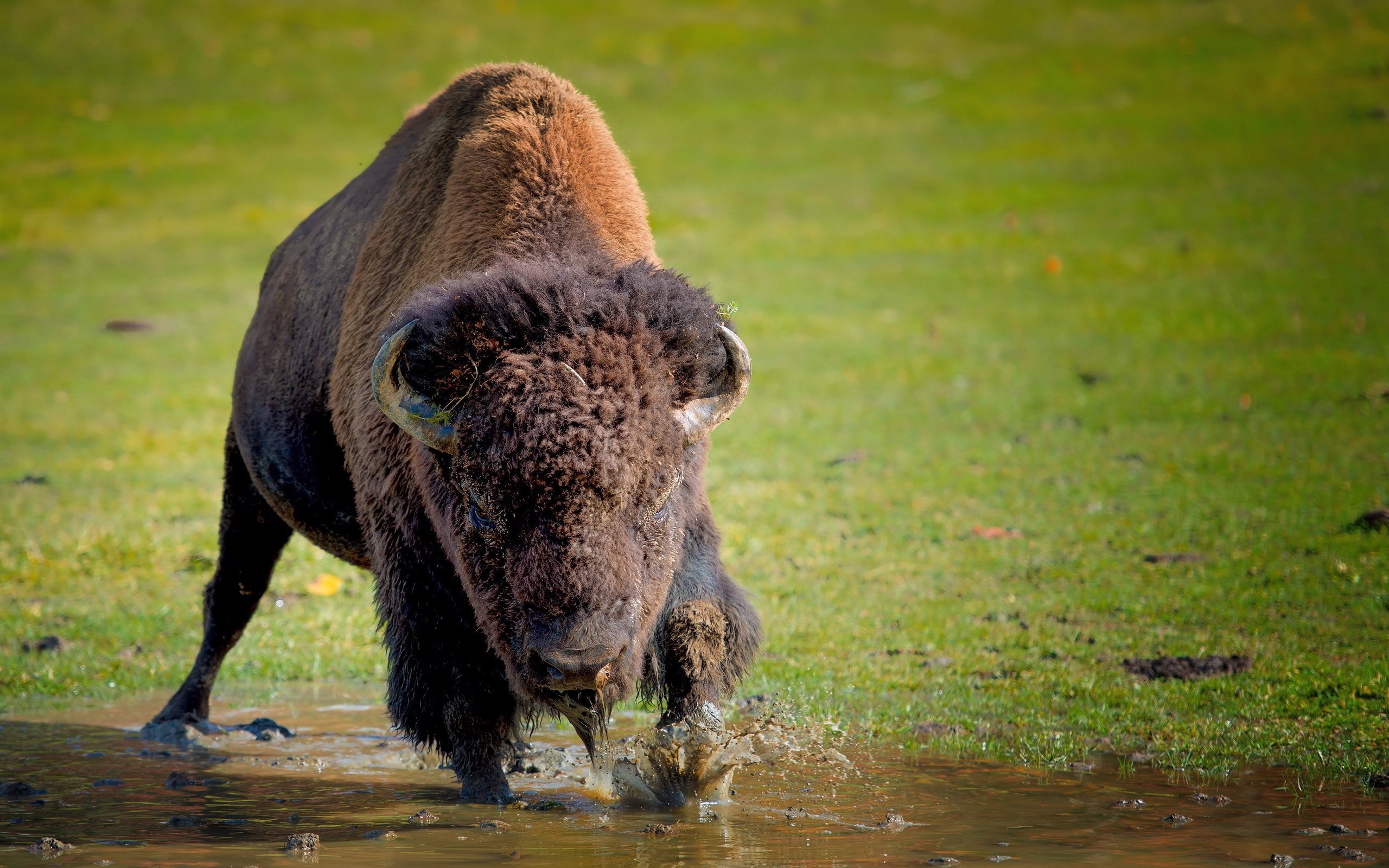
Buffalo
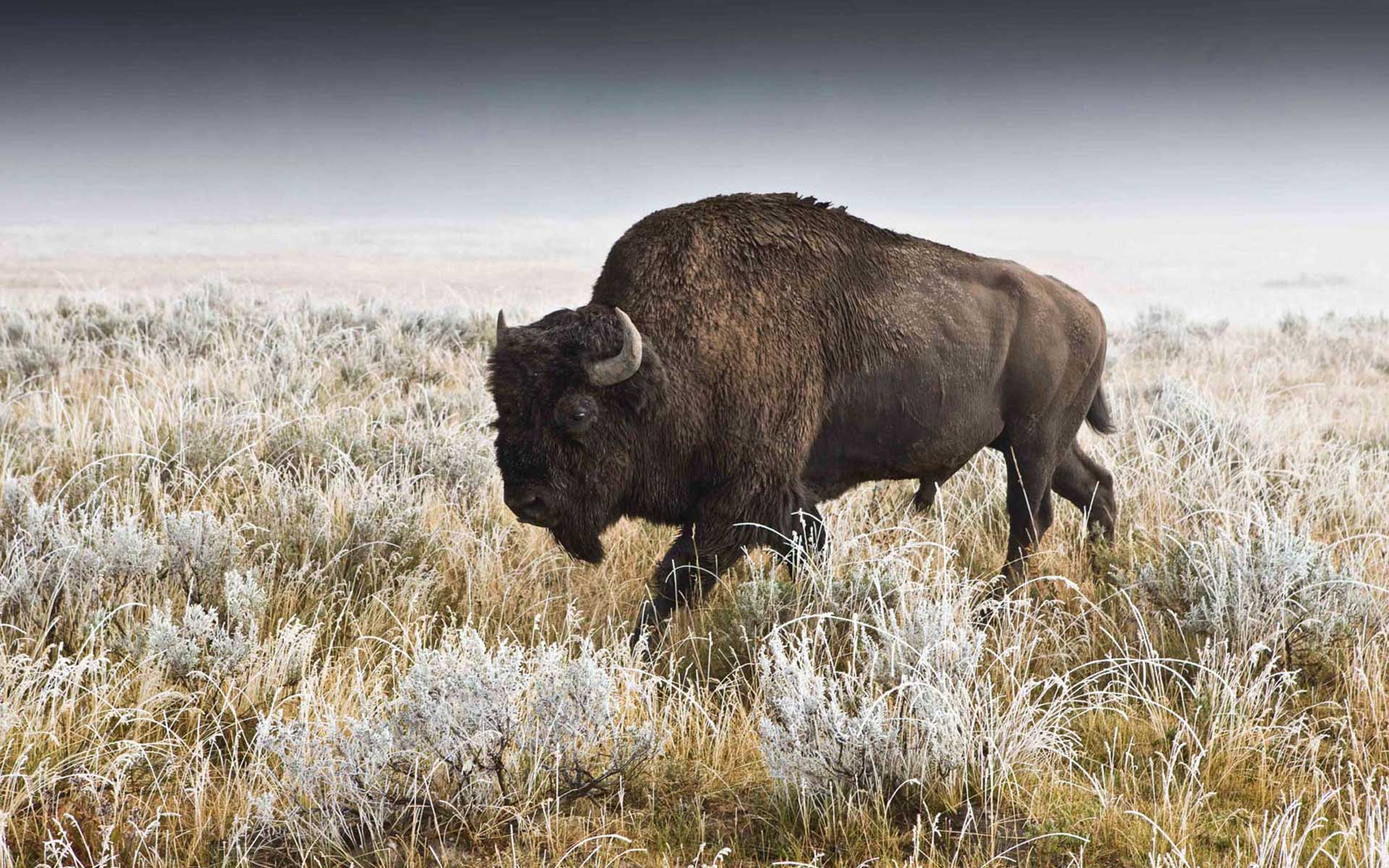
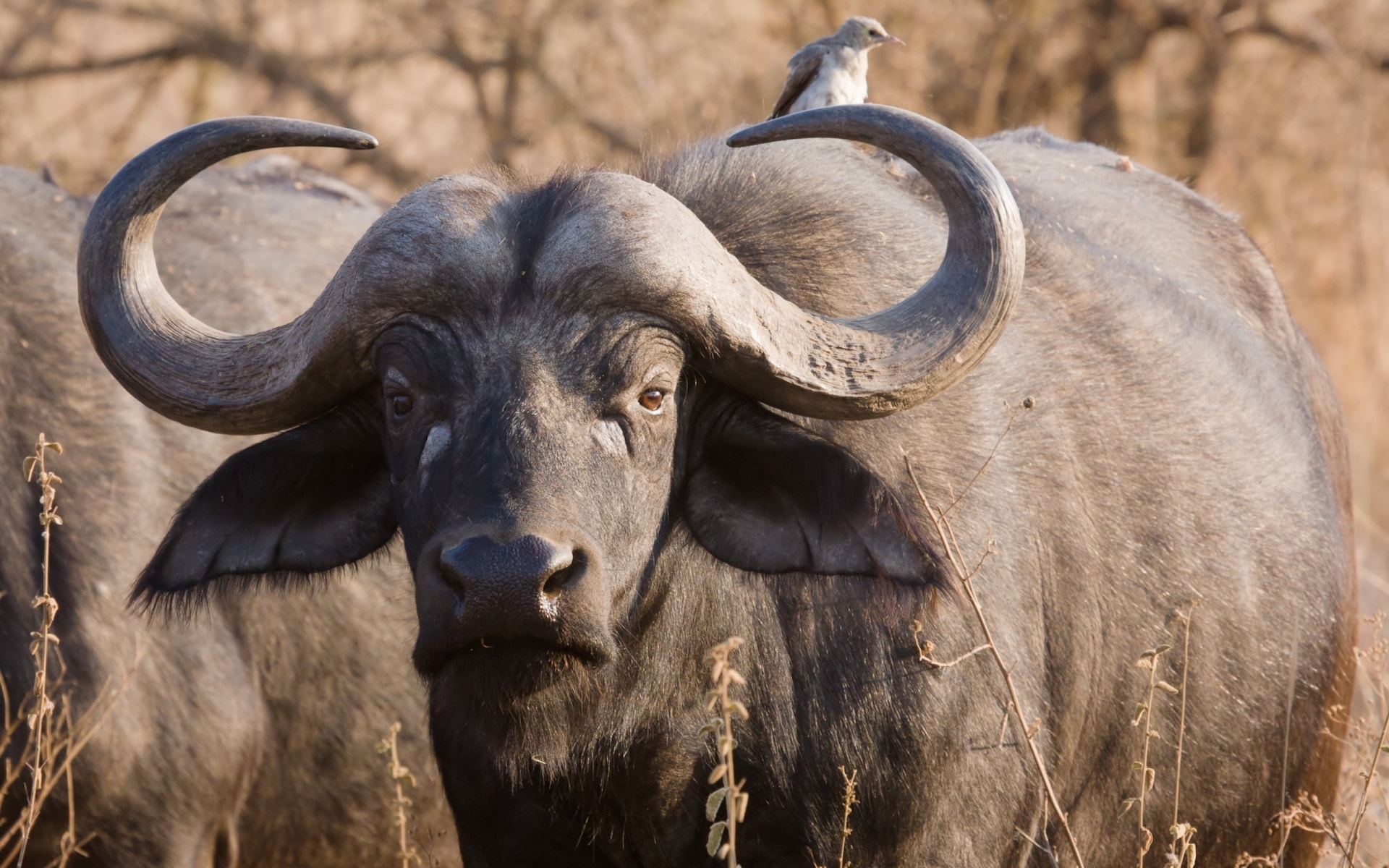
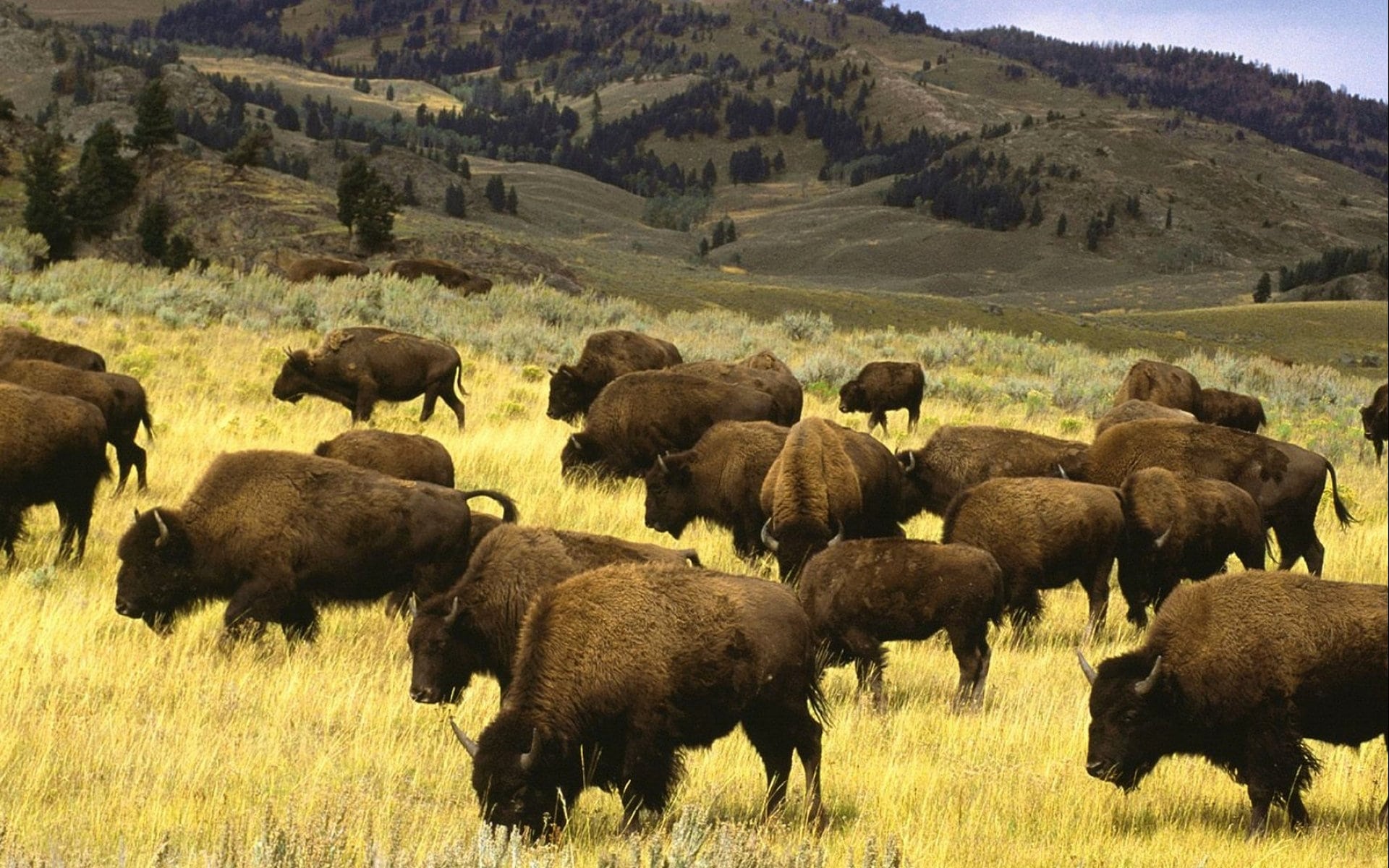
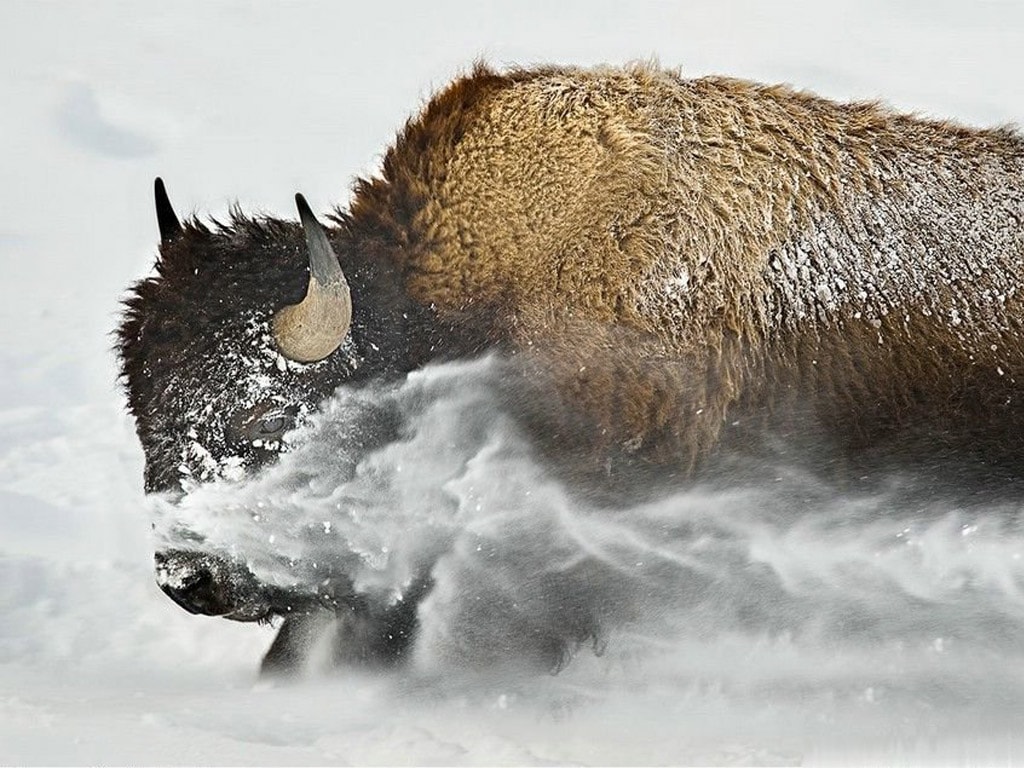
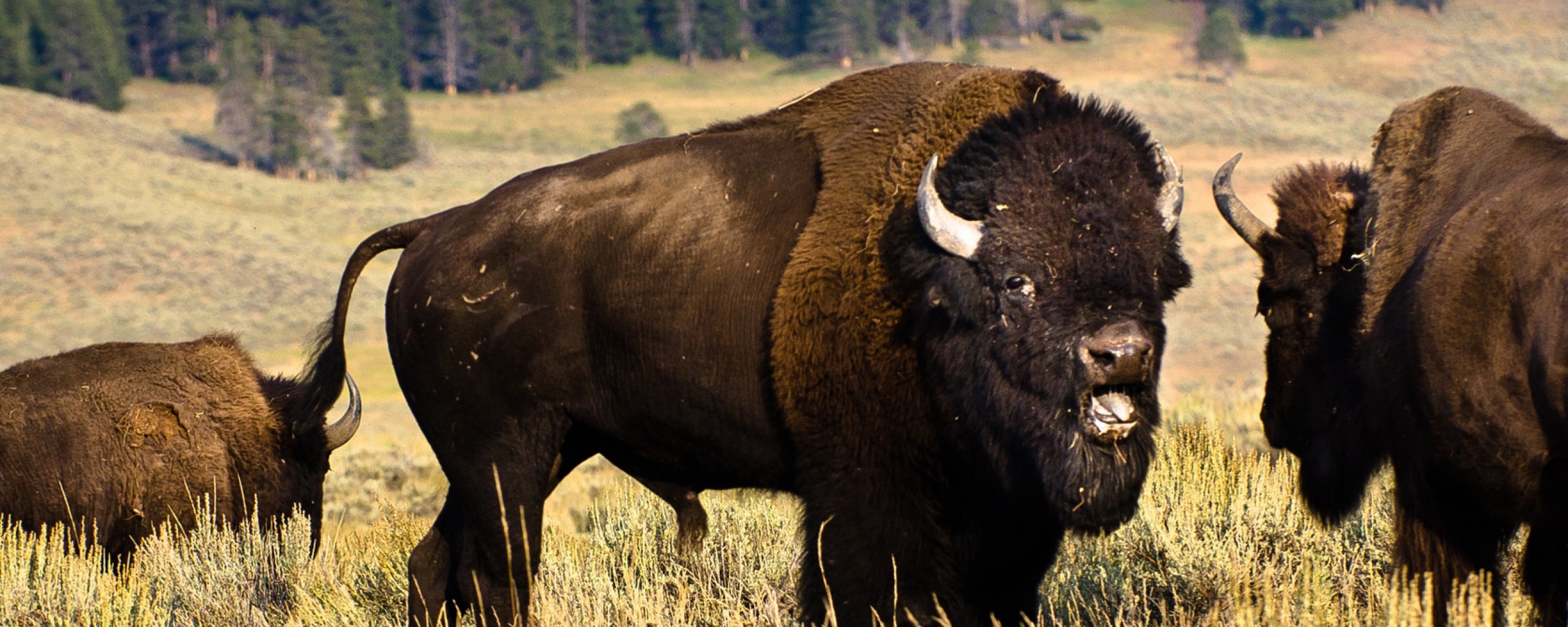


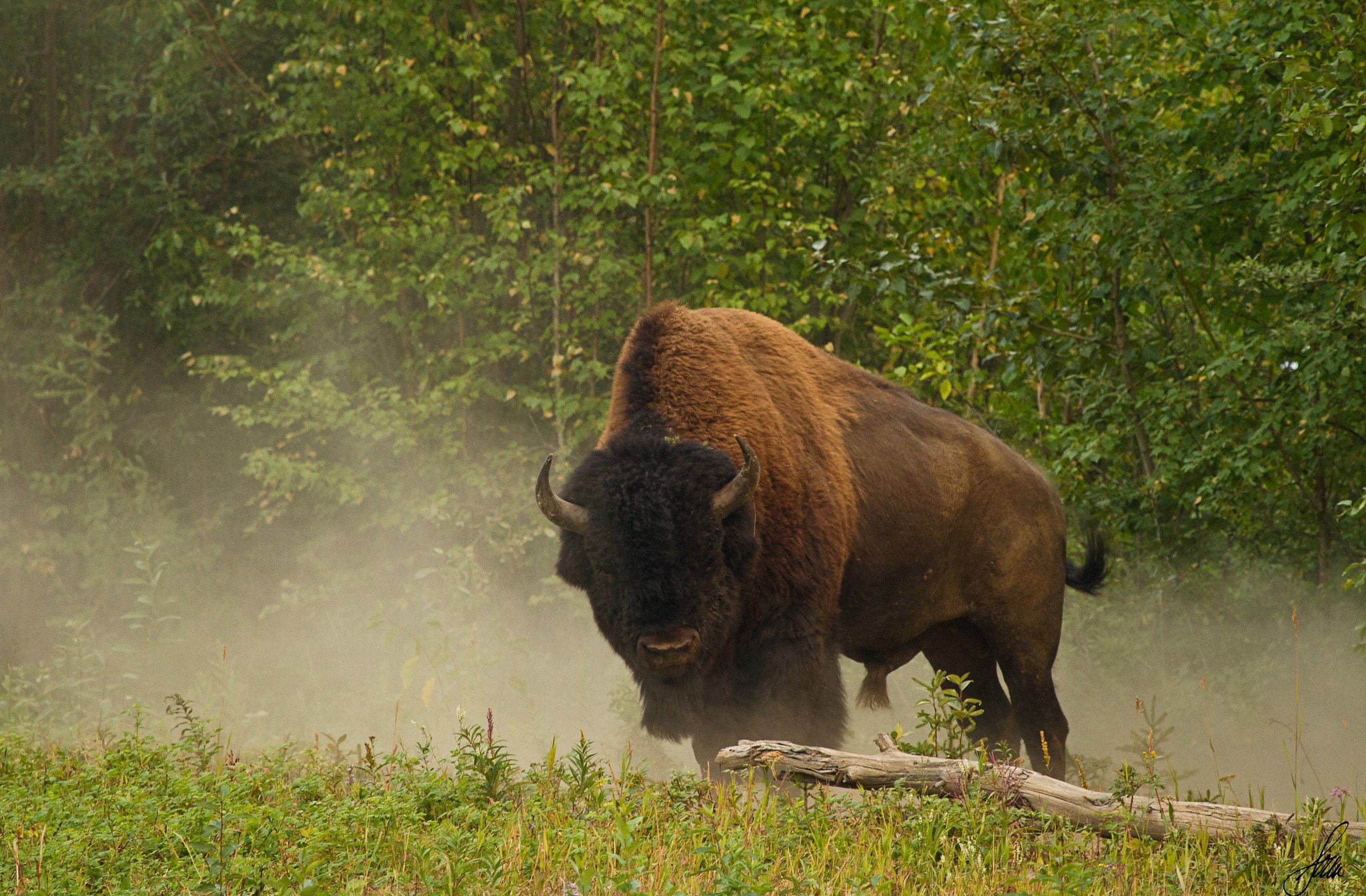
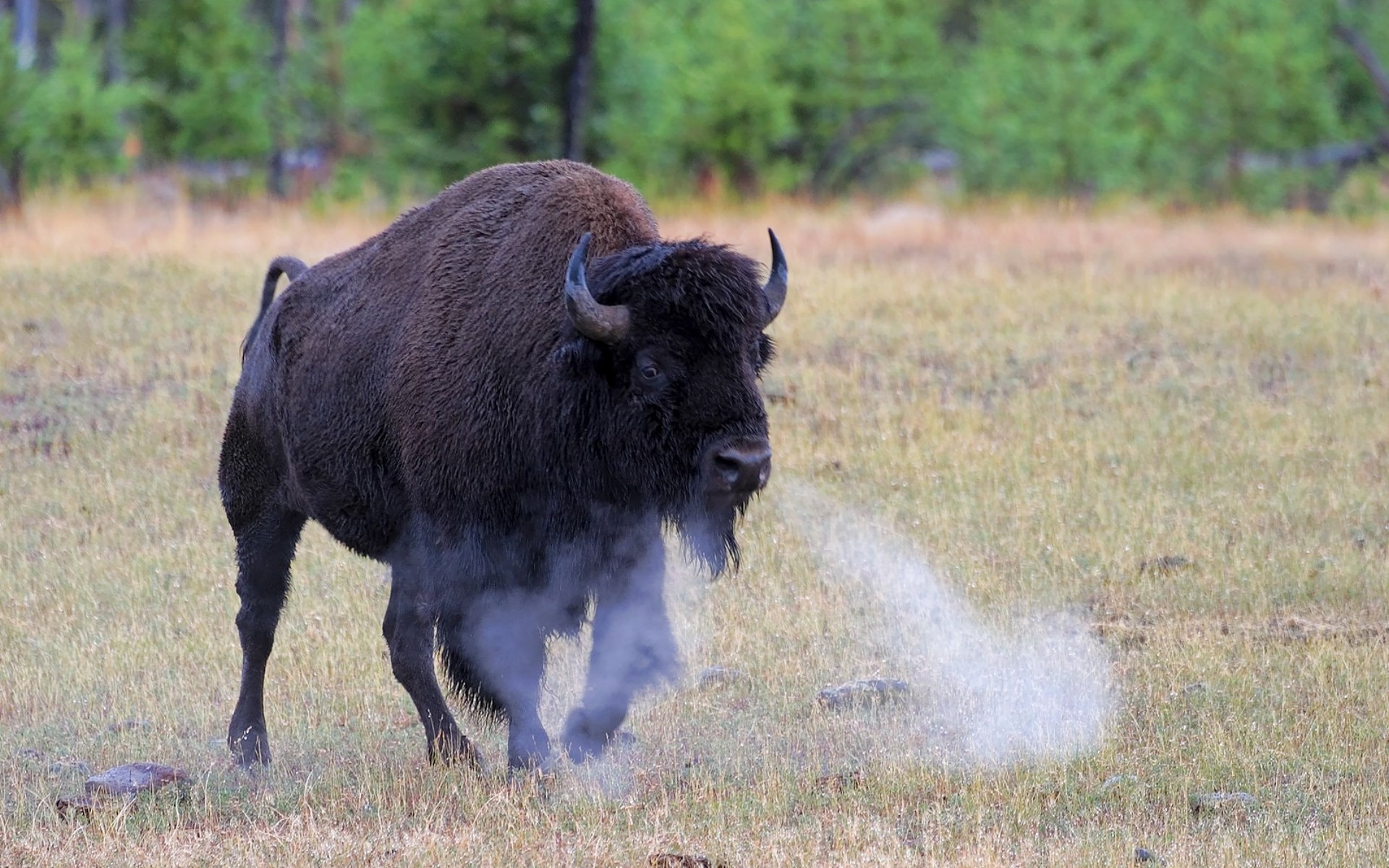
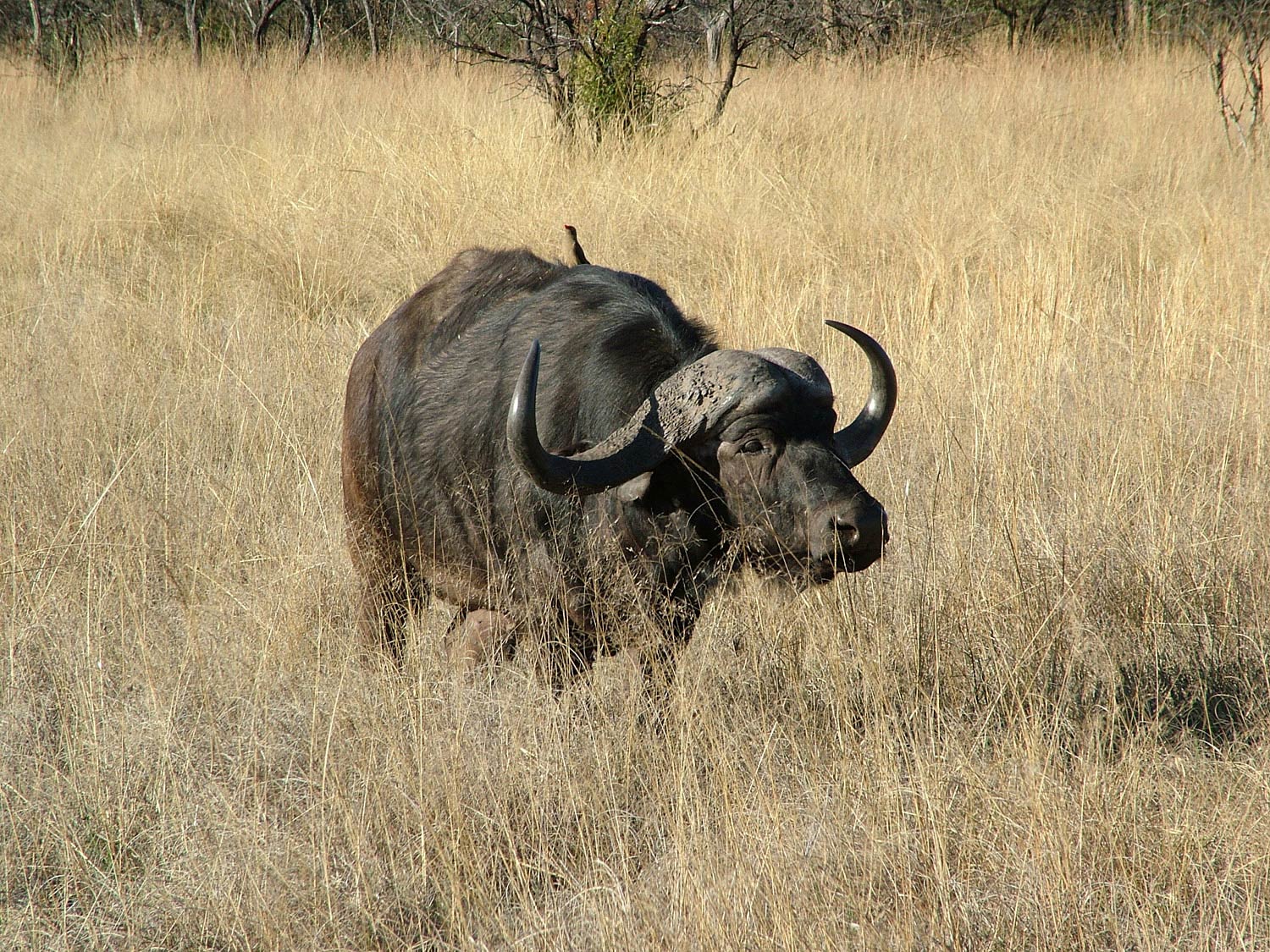

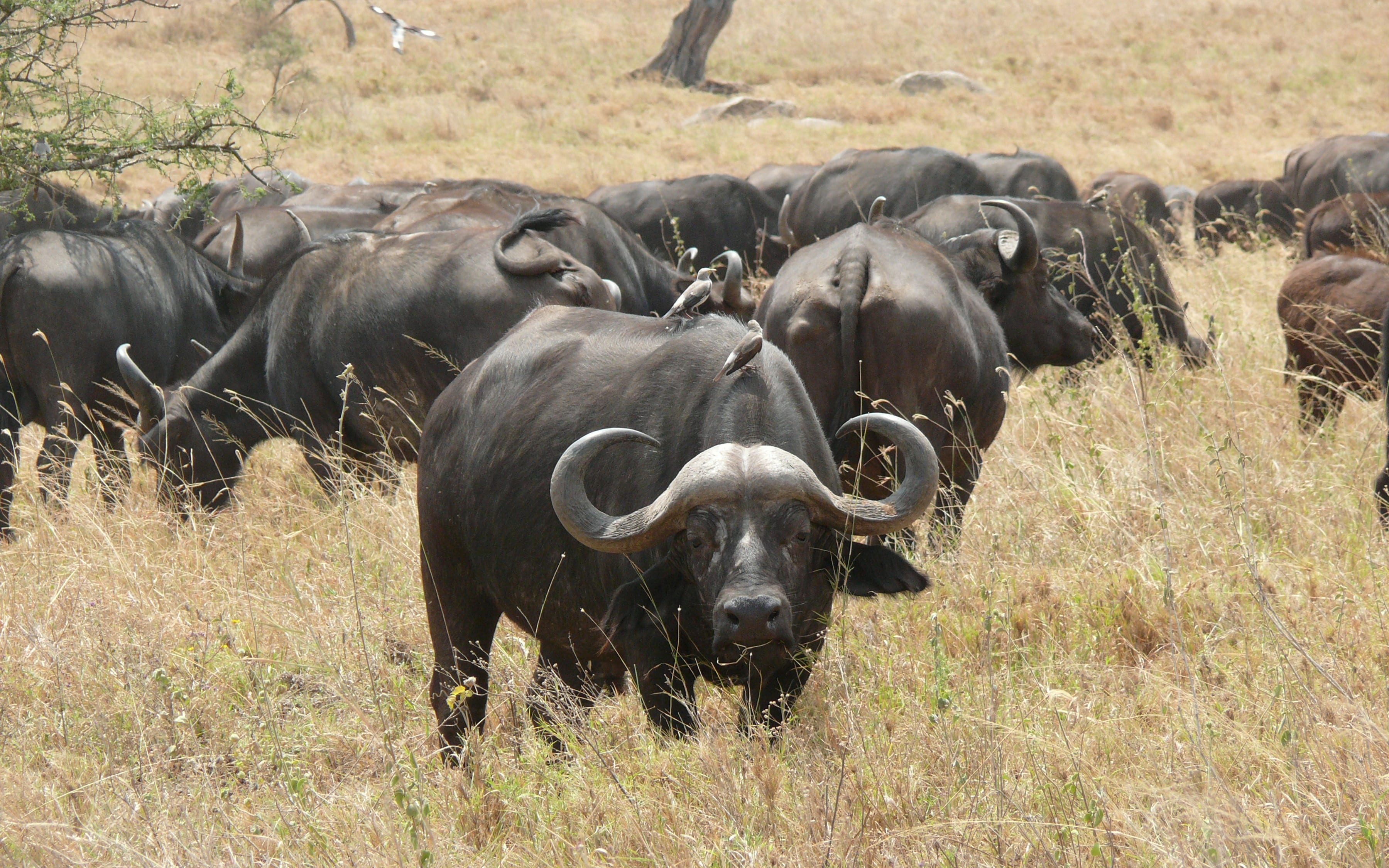
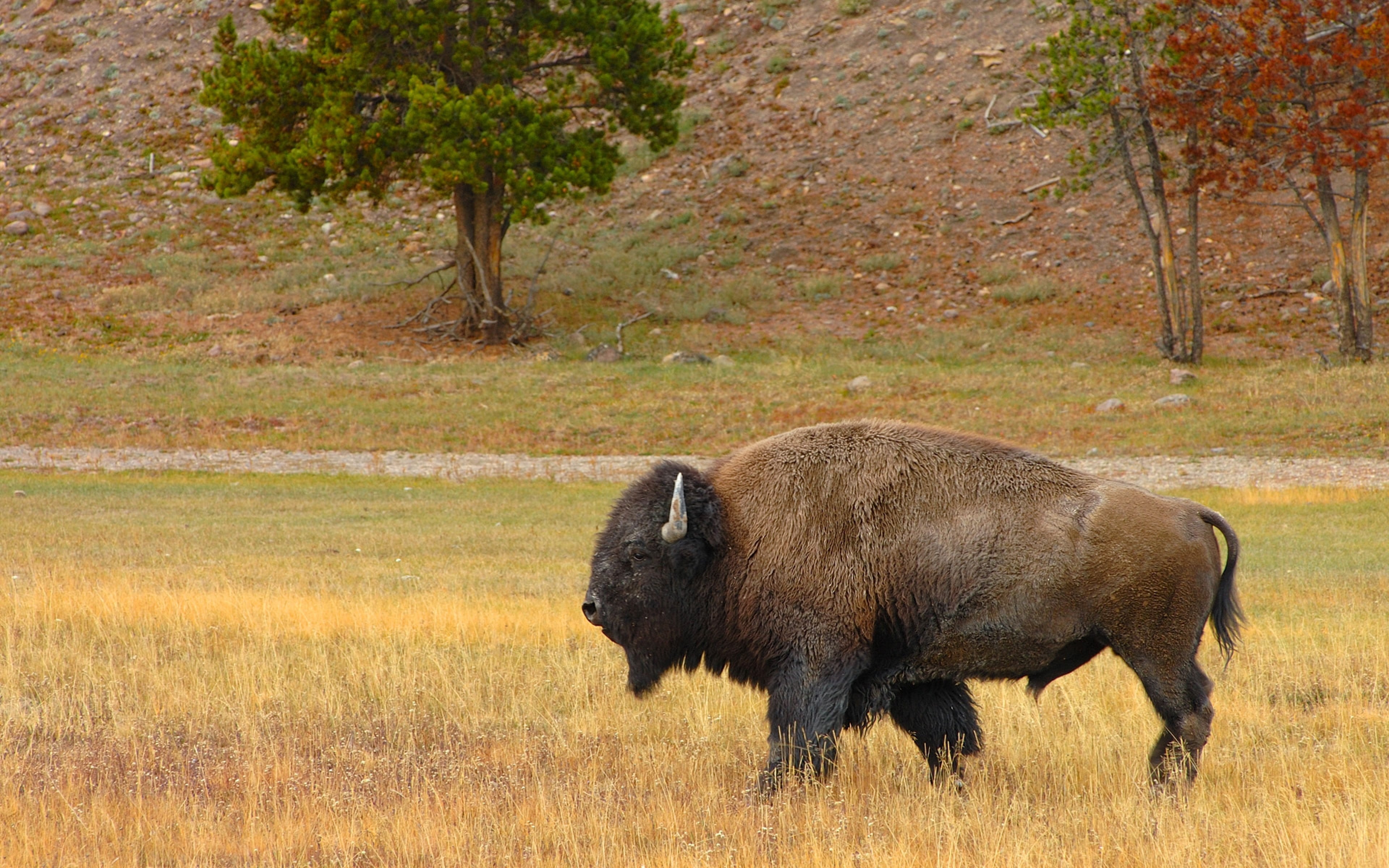
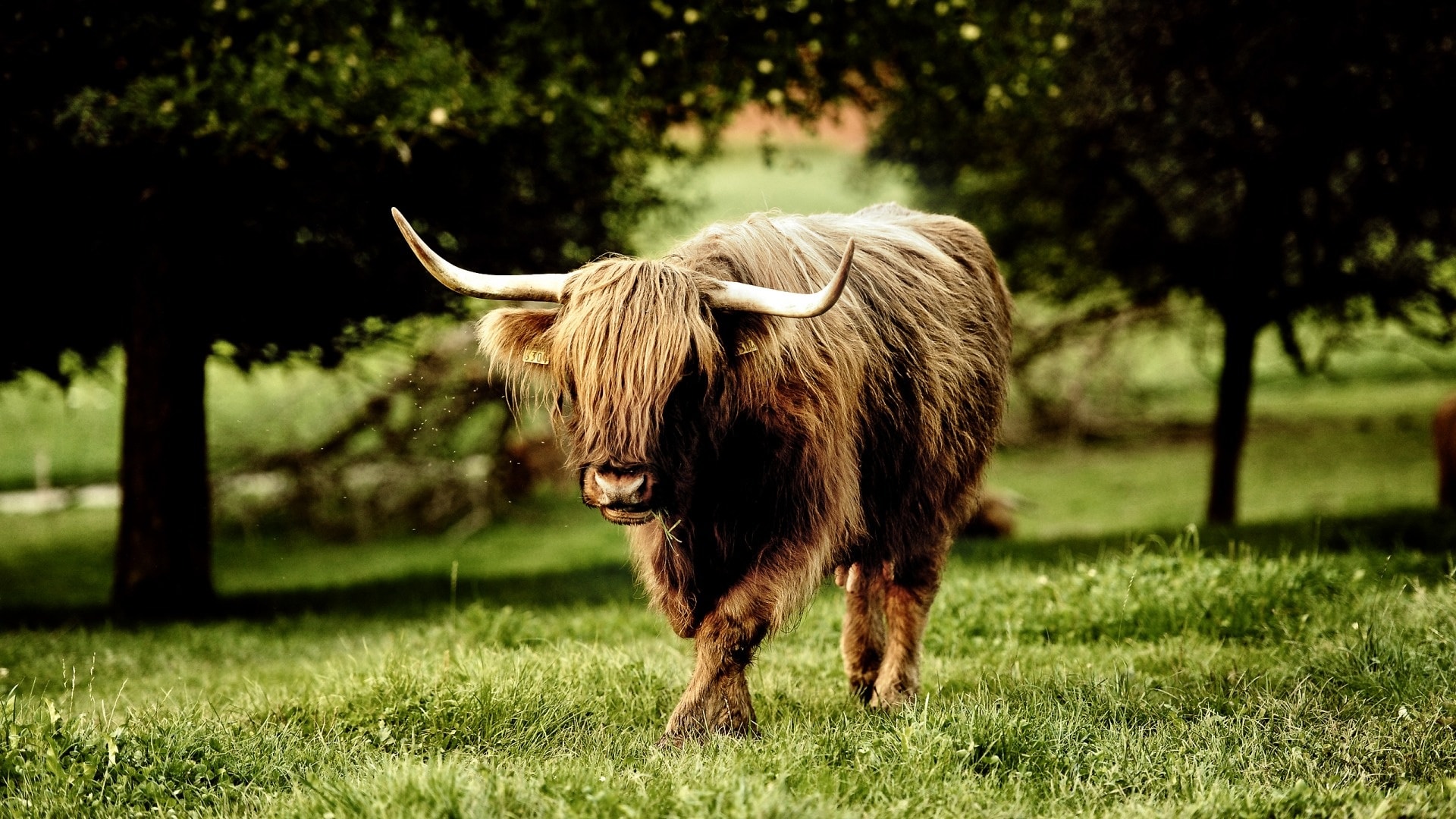
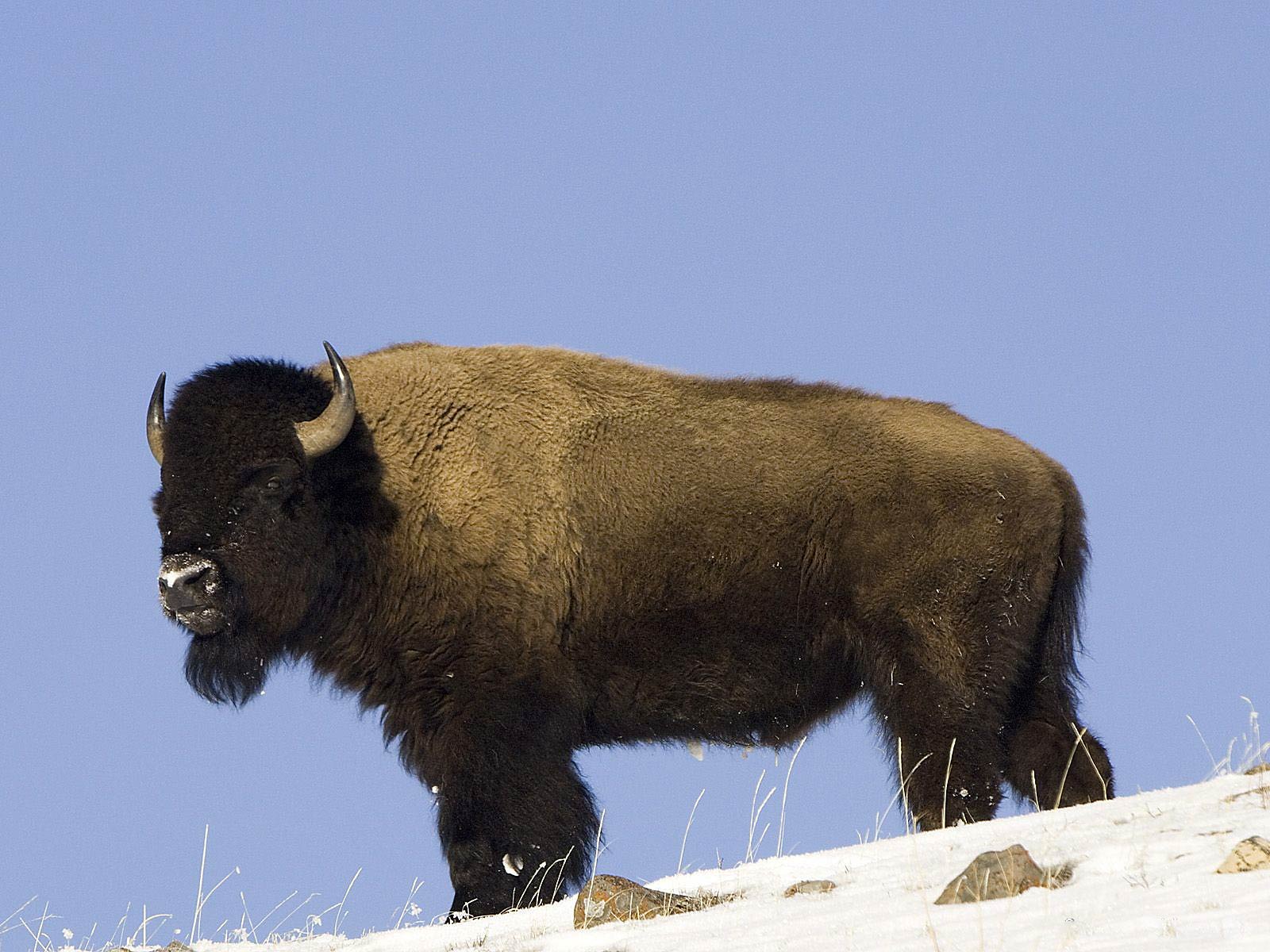

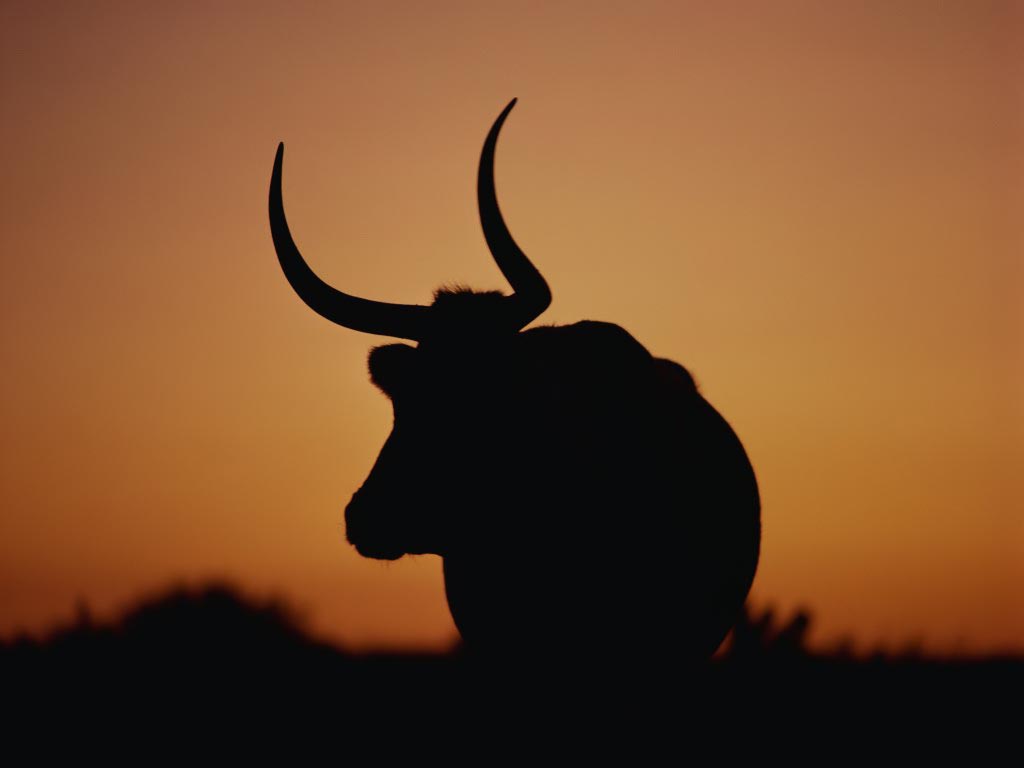
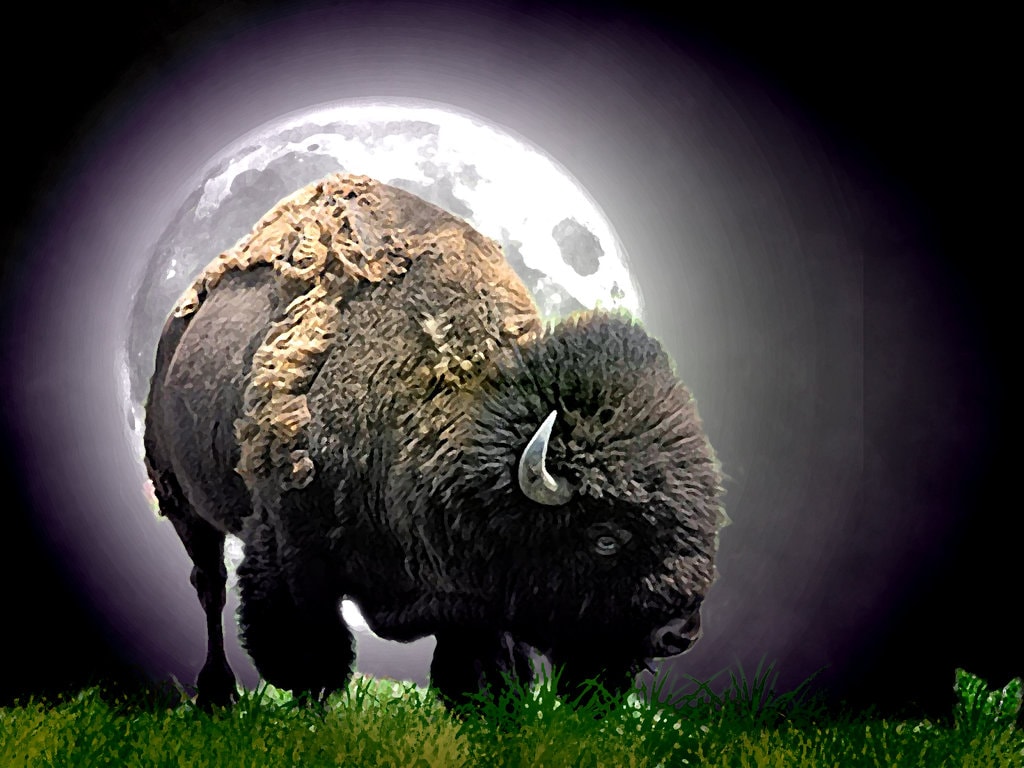
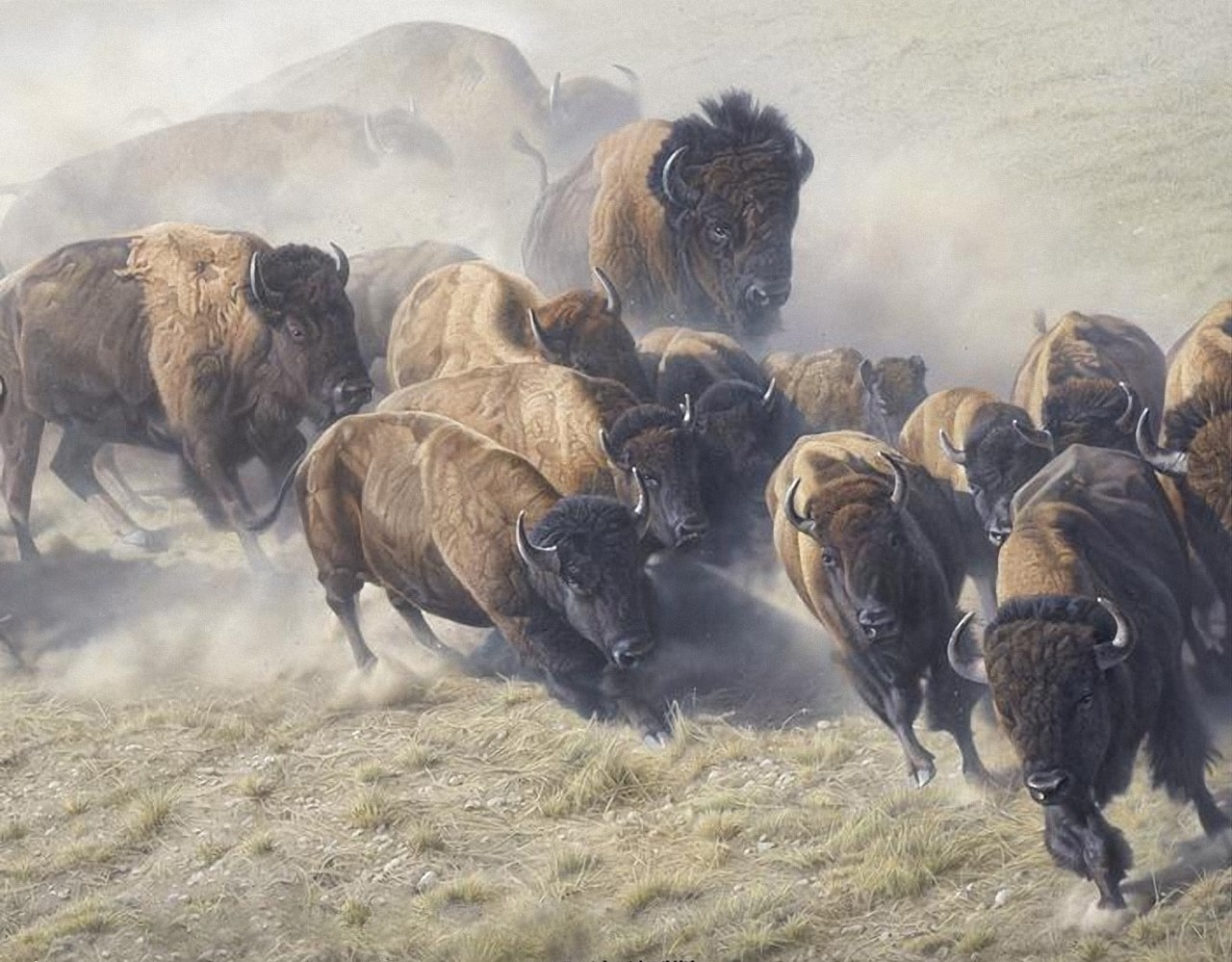
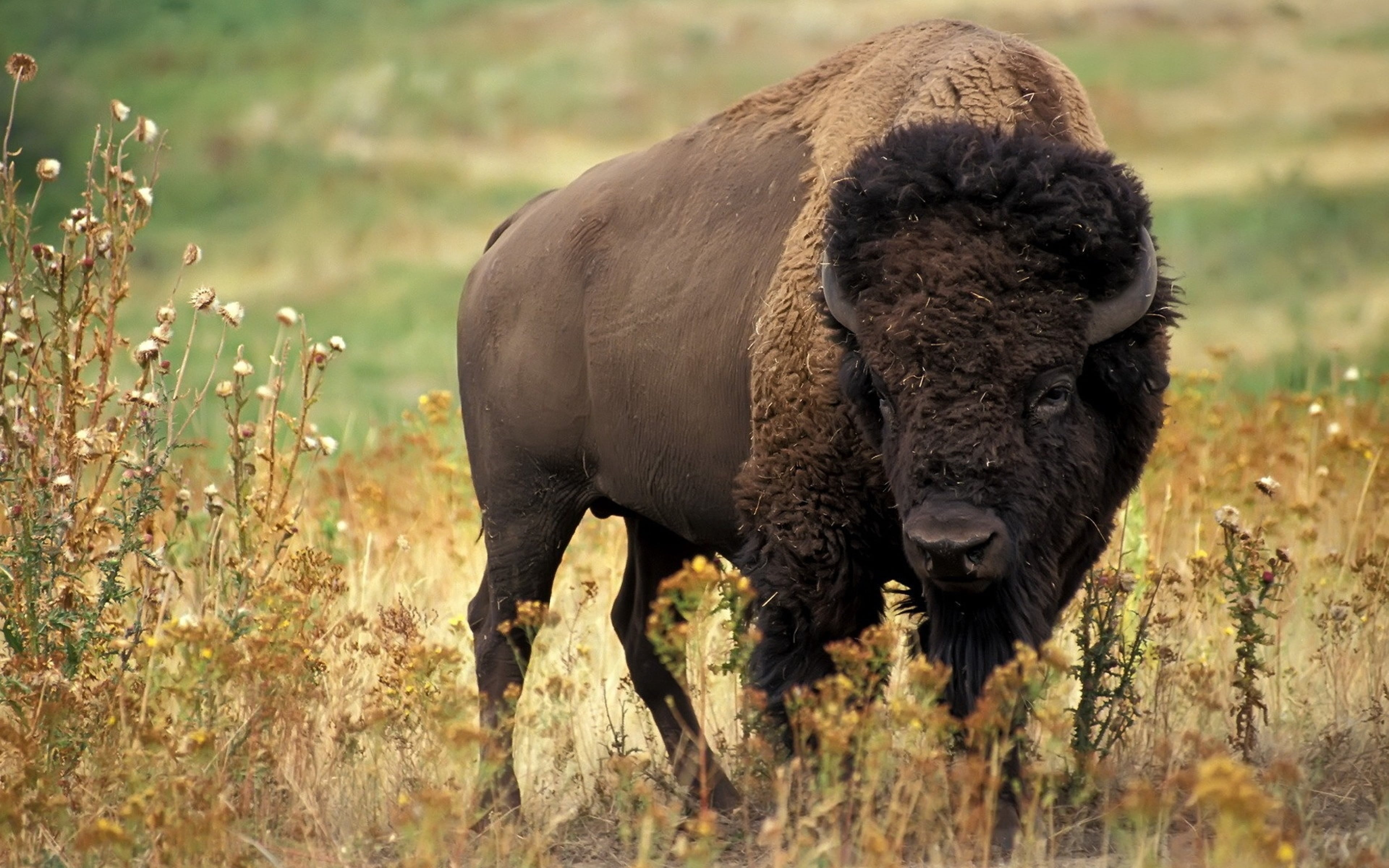
Buffalo wallpapers for your PC, Android Device, Iphone or Tablet PC. If you want to download Buffalo High Quality wallpapers for your desktop, please download this wallpapers above and click «set as desktop background». You can share this wallpaper in social networks, we will be very grateful to you.
Buffaloes – large wild cattle, known for their strength and daring disposition. Buffaloes are a family of bovids and is closely related to such animals like gaur, banteng, cuprite, and the bulls of the temperate zone – bison, bison, yak. There are 4 types of buffalo – African, Indian, dwarf (Anoa) and Tamaroa, which differ from each other by appearance and habits.
The largest among the buffalo and wild bulls at all – African buffalo. Massa old males may reach a record 1,200 kg! At the same time the height of this animal just 1-1.4 m at the withers, the African buffalo is relatively short-legged and stocky. Slightly inferior to him in size water buffalo, a lot of old bulls of this species up to 1000 kg, and the height at the withers 1.8 m. It should be noted that these indicators are observed in older males, while the bulk of the animals (especially females) significantly smaller: the average weight of 600 kg of African buffalo, Indian – 500 Tamaroa Anoa and reach a height of 60-105 cm at the withers and weigh 150-300 kg.
The structure of horns in all kinds of different things. In African buffalo are relatively short, grow sideways and abruptly bent arc, and the horns of the base are thickened and form a sort of helmet on his forehead. The Indian buffalo horns are very long (up to 2 meters!), Directed to the sides and back, slightly flattened and has a crescent shape. In Anoa Tamaroa and short horns (39 cm), cylindrical, laid back. In buffalo is well marked sexual dimorphism: females are 1.5 times smaller than the males have short horns or completely hornless. Coat all kinds of buffalo short and thin, only the tail end of a brush of long hair. Painting black (from gray water buffalo), the Asian species have legs lighter than the body.
Buffaloes – the inhabitants of warm countries. African buffalo lives throughout Africa (sub-Saharan) in savannas and sparse, the Indian occupies the entire South-East Asia, he prefers woodlands and meadows on the banks of rivers, such as landscapes inhabited and Tamaroa with dwarf buffalo, but their range is very narrow – they are found only on two islands: Tamaroa on about. Mindoro (Philippines), Anoa – on about. Sulawesi (Indonesia). Asian buffalo species live in groups of 5-10 individuals in the Indian buffalo congestion can sometimes have up to 100 animals. African buffalo live in herds of 300-400 animals in the old days of their herd numbered 1000 individuals! Asian species graze at night and at dusk, and in the afternoon like to wallow in the mud and had long found in bodies of water. African buffalo have a similar schedule, but in the afternoon spend more time chewing the cud, and to the river banks visited by more rarely (mainly for watering).
These animals are settled, migrations they do not make and keep a relatively limited area near the water. In general buffaloes are inactive and lazy, they move a heavy step, run only in case of danger, but the rate may develop up to 57 km / h. Ran a little bit, they are deployed to the enemy muzzle and meet him “face to face”. Temper buffalo exaggerated, usually they behave peacefully and try to escape danger. In Indian buffalo dangerous are mighty old males, who are often kept at a distance from the main herd. Such animals may even attack the elephants or to divert for a buffalo herds. In African buffalo, on the contrary, the power of the herd in its mass. Lone Buffalo has all the chances of being attacked lion, but a herd of buffalo is difficult to oppose something. Buffalo knows it, so actively come to the rescue of comrades, sometimes even attacked and wounded buffalo is saved by the intervention of his fellow tribesmen. A distinctive feature of these animals is the short-sightedness, but they smell very well developed. Therefore, the buffalo can be approached from the leeward side of a very short distance, but if they uchuyut smell, then immediately rush to flee … or attack.
They feed on buffalo grass vegetation, the Asian species prefer aquatic plants with succulent stems, may also have African and dry grass on the plains, and even branches of bushes. Still, these animals need a lot of water and drink 30-40 liters per day.
In the Asian species living in humid areas, the breeding season is not confined to any time of the year, at the African rut begins in the rainy season. During this period, to the stage to join lone bulls, and if the flock is already the leader, it comes with a stranger in a fight. Butting Buffalo leaning heads together and kicking up a lot of mud splashing. Pregnancy lasts 10-11 months, only the dwarf buffalo is a bit shorter – 9.5-10 months. Buffalo always gives birth to one calf from the African buffalo, he in black, while the Asian species of yellow-brown. Within 10-15 minutes after the birth of the calf can follow the mother, the female feeds him milk 6-9 months. Fledglings remain in the herd, adult males can be separated from the herd and live separately. Life expectancy of the dwarf buffalo and 20 years, large species – up to 30.
Natural enemies have little buffalo. In Africa, it’s lions, rarely hyenas, leopards and Nile crocodiles. In Asia – Lions (now almost extinct Asiatic subspecies), tigers, leopards. It must be said that small predators dare to attack only on small calves and crocodiles can attack small animals during the crossing of the river. In adult animals, dare to attack only the lions and tigers, but the outcome of the attack depends on the circumstances. Buffaloes are not too smart, so easy to panic with a sudden attack – it is an opportune moment for the predators. If they manage to just surround and grab the victim, then a quick bite in the neck (Tiger) or a collective effort (lions) finish the fight in seconds. If the buffalo uchuyut presence of a predator in advance, then took a defensive position (females and calves in the center of the herd, males at the edges), and woe to those who dare to go their way at this moment. Therefore the predators try to attack only the lonely and sick animals, especially under cover of darkness. A wounded buffalo fighting for his life to the last, so it can attack the hunters, hence myths have arisen about his ferocity.
For the buffalo is not less dangerous than predators are tiny enemies – insects. They are parasitic tics, horse flies, parasitic flies, which lay their eggs in the skin, nostrils, animal ears. The larvae cause buffalo physical suffering can become a source of secondary infection, severe infestation weaken the animal, so the buffalo loves to wallow in the mud and clean so your skin. Buffalo come to the rescue, paramedics birds – herons and voloklyui buffs.
Buffaloes bad coexist in cultural landscapes, so they do not occur close to human settlements. The only exception – the Indian buffalo, which was domesticated 5000 years ago. In Asia, the number of domesticated buffalo exceeds the number of cows. The reason for such popularity is that the buffalo are perfectly adapted to the hot and humid climate, unpretentious and hardy, can be used as working animals and suppliers of meat and milk. Bulls water buffaloes were hunted favorite Raja, until recently their huge horns were considered coveted trophy hunter. The mass extermination of the African buffalo observed during the colonization of Africa, but fortunately their numbers a little hurt.
Now all kinds of buffalo are scarce. In the most prosperous position is the African buffalo, although its present population does not compare with the former number. African buffalo suffer primarily from a lack of habitat, and they are common in the reserves. In some national parks in order to combat overcrowding on them allowed to hunt for tourists.
Indian buffalo is very rare. The fact that differ from wild domestic buffaloes, although easy to produce hybrids with the latter. So this wild water buffaloes every year is getting smaller and smaller, the largest population lives in India Kaziranga Reserve, and the total number of thoroughbred water buffaloes without admixture of genes livestock little more than a thousand individuals.
Even more rare Anoa. He inhabits one of the most densely populated islands of Asia – Sulawesi, where there is widespread deforestation and natural habitat melts easy on the eyes. Besides this kind of suffering from poaching, hunting for him are the locals for the skins used for making national costumes and souvenirs for tourists. The population in the wild is unknown, probably it is living out its last days. View is saved by animals bred in zoos. With regard Tamaroa, this kind of buffalo is on the verge of extinction. Recently, the size of its population was 120-200 individuals, but also the habitat of this species is almost destroyed. The size of the population is critically low and Tamaroa may die from degeneration as a result of inbreeding. All types of buffalo are listed as endangered.


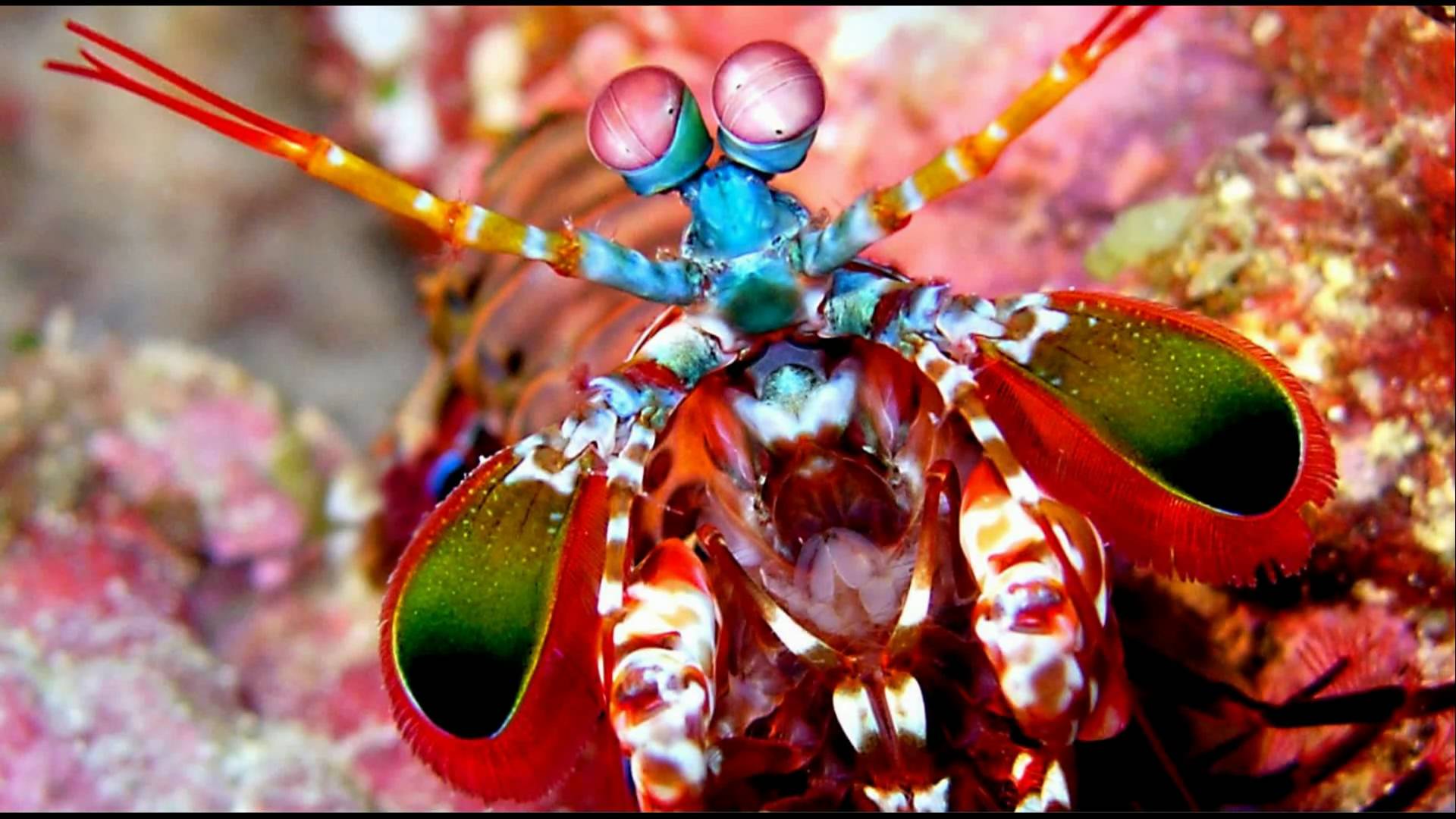




No Comment